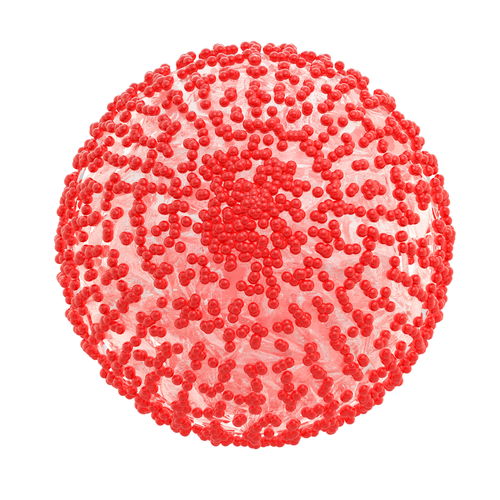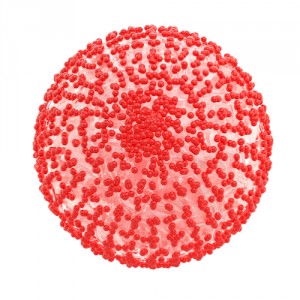NYSCF Scientists Closer to Developing Cell Replacement Therapy For Multiple Sclerosis Patients

 Scientists at The New York Stem Cell Foundation (NYSCF) Research Institute have made encouraging advances in the development of a viable cell replacement therapy for multiple sclerosis using a patient’s own cells, known as induced pluripotent stem cells (iPSCs).
Scientists at The New York Stem Cell Foundation (NYSCF) Research Institute have made encouraging advances in the development of a viable cell replacement therapy for multiple sclerosis using a patient’s own cells, known as induced pluripotent stem cells (iPSCs).
Since multiple sclerosis is a chronic demyelinating disease of unknown etiology that affects the central nervous system, with current therapies primarily directed to work against the immune system, NYSCF researchers are now seeking an alternative way to treat progressive multiple sclerosis through remyelinating and neuroprotective strategies.
In order to accomplish this, researchers developed a highly reproducible protocol to efficiently induce iPSC stem cells into oligodendrocyte progenitor cells and mature oligodendrocytes (the myelin-forming cells of the central nervous system implicated in multiple sclerosis).
In this process, PAX6 neural stem cells give rise to OLIG2 progenitors, which become committed to the oligodendrocyte lineage by coexpressing NKX2.2, according to a recent NYSCF news release. They then differentiate to early oligodendrocyte progenitor cells by up regulating SOX10 and PDGFRα, followed by late oligodendrocyte progenitor cells expressing the sulfated glycolipid antigen recognized by the O4 antibody, and finally mature to myelin basic protein (MBP)+ oligodendrocytes.
While existing protocols for producing oligodendrocytes would take almost half a year to produce, limiting the research, the research team has cut that time approximately in half, making the ability to utilize these cells in research much more feasible.
Using a fast and highly reproducible protocol, researchers demonstrated efficient in vivo myelination of neurons by iPSC-derived oligodendrocyte progenitor cells from primary progressive multiple sclerosis patients, proving that their induction protocol may be useful for the development of autologous cell-replacement therapies for multiple sclerosis in the future.
[adrotate group=”4″]
Furthermore, the researchers added, iPSC technology is also emerging as a tool for developing new drugs and gaining insight into disease pathogenesis, as the iPSC lines described provide an additional resource for investigating the process of neurodegeneration in multiple sclerosis.
These results are leading researchers to believe that they are close to finding new treatments and even cures for multiple sclerosis. “The enhanced ability to derive the cells implicated in the disease will undoubtedly accelerate research for MS and many other diseases,” said Susan L. Solomon, NYSCF Chief Executive Officer, in the news release.






